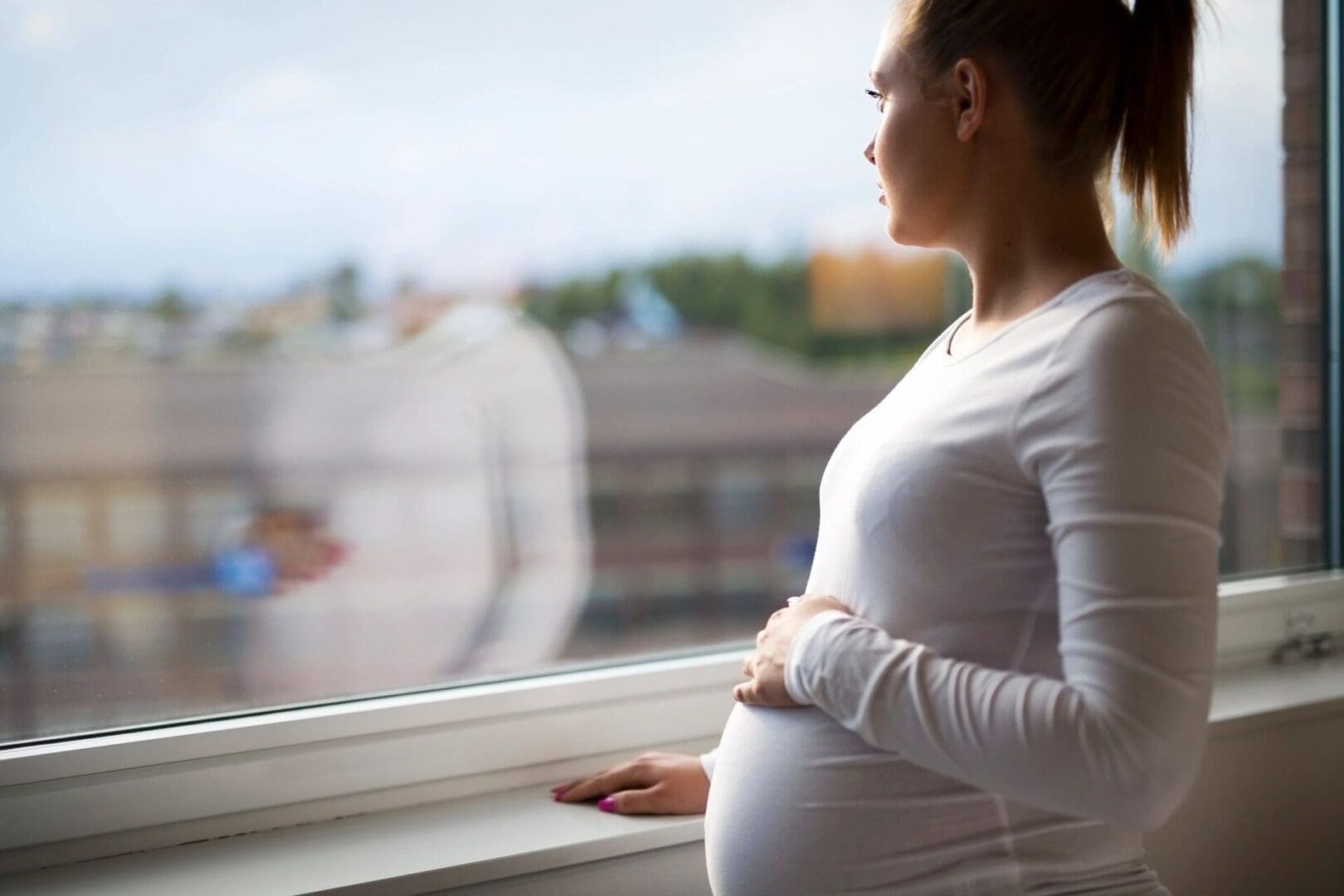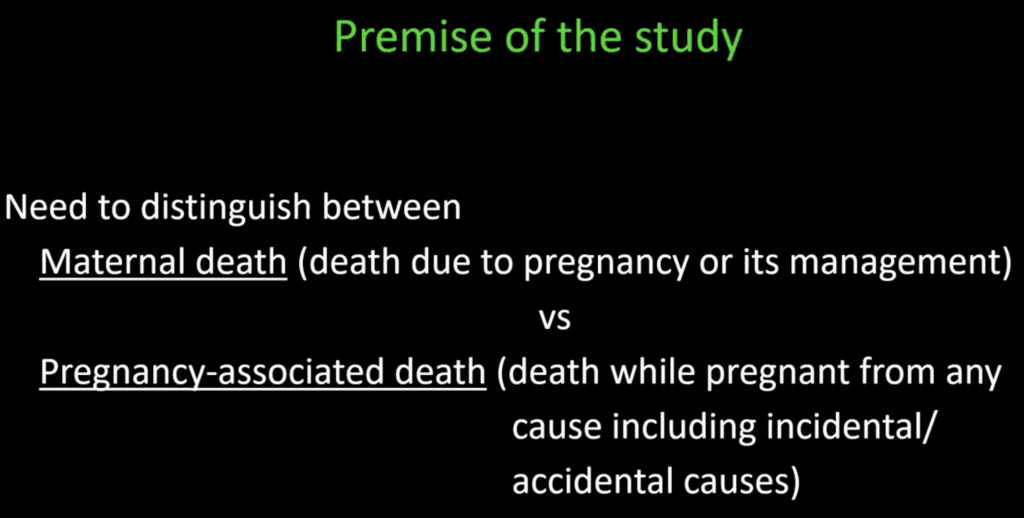Search Posts
Recent Posts
- Senior Agenda Coalition of RI pushes wealth tax to fund programs for older residents – Herb Weiss June 2, 2025
- How will Artificial Intelligence (AI) impact the future of work – Mary T. O’Sullivan June 2, 2025
- Real Estate in RI: Tiverton contemporary for $1.27M June 2, 2025
- Our Networking Pick of the Week: Coffee Hour at Provence Sur Mer, Newport June 2, 2025
- Rhode Island Weather for June 2, 2025 – Jack Donnelly June 2, 2025
Categories
Subscribe!
Thanks for subscribing! Please check your email for further instructions.

Maternal Death Rates sharply overestimated by CDC, widely reported by media – Rutgers Health
CDC Sharply Overestimates Maternal Death Rate, New Study Finds
Maternal death rates in the United States may be sharply overstated as a result of faulty surveillance techniques, according to an analysis by researchers at Rutgers Health and other universities.
The National Vital Statistics System (NVSS) of the Centers for Disease Control and Prevention (CDC) estimates that maternal death rates have more than tripled over the last two decades to 32.9 deaths per 100,000 live births in 2021 – substantially more than in any other wealthy nation.
The new study that looked at all deaths in the United States from 1999 to 2021 published in The American Journal of Obstetrics and Gynecology reports consistent death rates of slightly more than 10 maternal deaths per 100,000 live births – well in line with international peers.
Maternal deaths are those that occur during pregnancy, childbirth or shortly thereafter from conditions directly related to or exacerbated by pregnancy or birth.
Accidental deaths and those unrelated to the deceased’s pregnancy or recent delivery shouldn’t affect the maternal death rate.
Yet, according to the authors of the new study, faulty NVSS methodology means such unrelated deaths often get counted as maternal deaths.
“The CDC has acknowledged in the past that errors were artificially inflating numbers, but their efforts to correct those errors haven’t worked,” said Cande Ananth, chief of the Division of Epidemiology and Biostatistics in the Department of Obstetrics, Gynecology, and Reproductive Sciences at Rutgers Robert Wood Johnson Medical School and senior author of the study.
“On the contrary, official estimates show maternal death rates nearly doubling between 2018 and 2021, which clearly hasn’t happened. Still, many media outlets have reported these figures as correct, and it’s important to set the record straight,” Ananth added. “Accurate numbers are important to know where we stand and how we need to allocate money and effort to make improvements going forward.”
The analysis also finds that improvements in obstetrical care over the study period have pushed death rates down, while deteriorations in underlying patient health have almost perfectly offset those gains and kept the overall death rate stable.
What changed in how counting was done?
Estimates of maternal death rates began to rise in 2003 when a pregnancy checkbox first appeared on U.S. death certificates. Nearly any death certificate with a positive pregnancy checkbox added to maternal mortality rates, Ananth said, even when factors such as the dead woman being over 85 years old (or biologically male) cast doubt on the certificate’s accuracy. As a result of these errors, the CDC stopped reporting maternal death rates in the United States between 2007 and 2017.
NVSS changed the rules on the use of checkbox information in 2018 by restricting its use to women aged 15 to 44. However, the NVSS still mis-classifies the deaths of many non-maternal and incidental deaths as maternal deaths.
When is a death of a pregnant woman a maternal death?
“If you’re pregnant and die in a car crash, that’s not a maternal death,” Ananth said. “A big change driving recent increases in the official numbers stems from the tendency to include more and more cancers unrelated to pregnancy in maternal death rates. A woman who had a diagnosis of breast cancer before conception and then died after the pregnancy ended or – a woman who would have died if she’d never gotten pregnant – will be counted as a maternal death.”
The authors of the study calculated maternal death rates for the periods 1999 to 2002 and 2018 to 2021 in two different ways. First, they used the NVSS’s stated methodology and got numbers that virtually matched the official published ones. Second, they restricted maternal deaths to those where pregnancy appeared at least once amid the causes of death on the death certificate.
The CDC method showed maternal death rates of 9.65 per 100,000 live births in the 1999-2002 period and 23.6 in the 2018-2021 period, while the alternative method calculated death rates of 10.2 and 10.4 per 100,000 live births, respectively. These startling statistics discount the previously held belief that the United States maternal death rates have been increasing. Fortunately, that is not so, said Ananth.

https://www.ajog.org/article/S0002-9378(24)00005-X/fulltext
Although maternal death rates remained nearly identical by the latter method, the researchers found evidence that health care during pregnancy and after delivery has improved substantially in many areas. There was a significant reduction in maternal deaths because of infection, hypertensive disorders in pregnancy such as pre-eclampsia or eclampsia and other treatable causes.
In addition, they found a slight narrowing of differences in death rates by race, though significant differences remain. Hispanic women had the lowest death rate, 7.46 per 100,000 live births, while Black women had the highest, 23.8 per 100,000 live births in 2018-2021.
“Our study, which identified maternal deaths using a pragmatic definition-based methodology, showed stable rates of maternal mortality and a reduction in deaths from obstetrical complications,” said K. S. Joseph, lead author of the new study and a professor of obstetrics and gynecology at the University of British Columbia, Canada. “Moreover, the analysis by cause-of-death provides evidence that can enable focused prevention initiatives targeted at high-risk and vulnerable sub-populations.”
The findings lend evidence to critiques in how COVID deaths have been counted – death because of COVID – or death for another cause, such as an auto accident or fall, with COVID.
